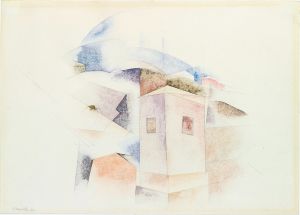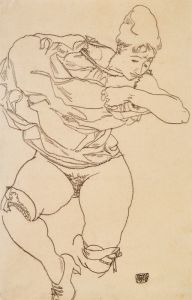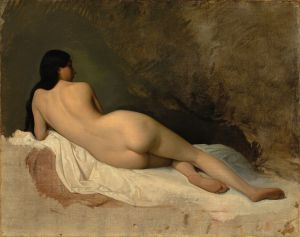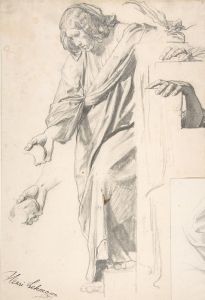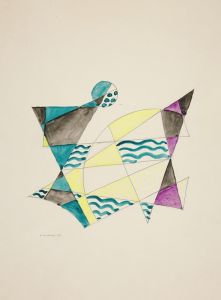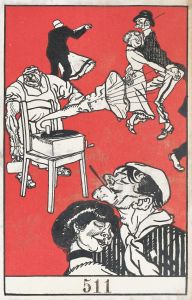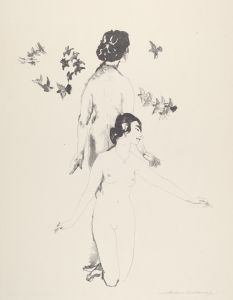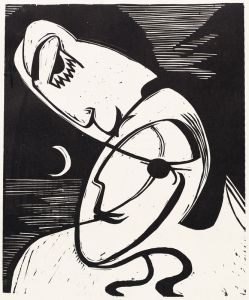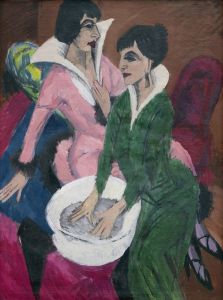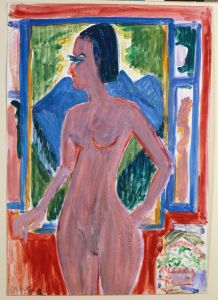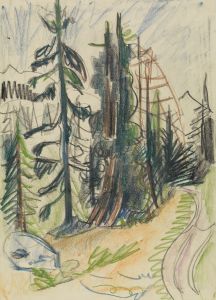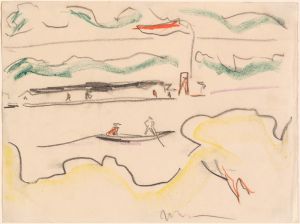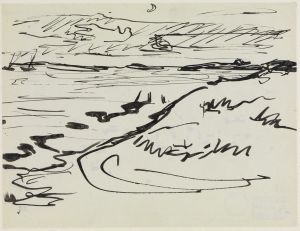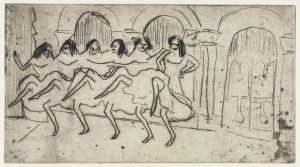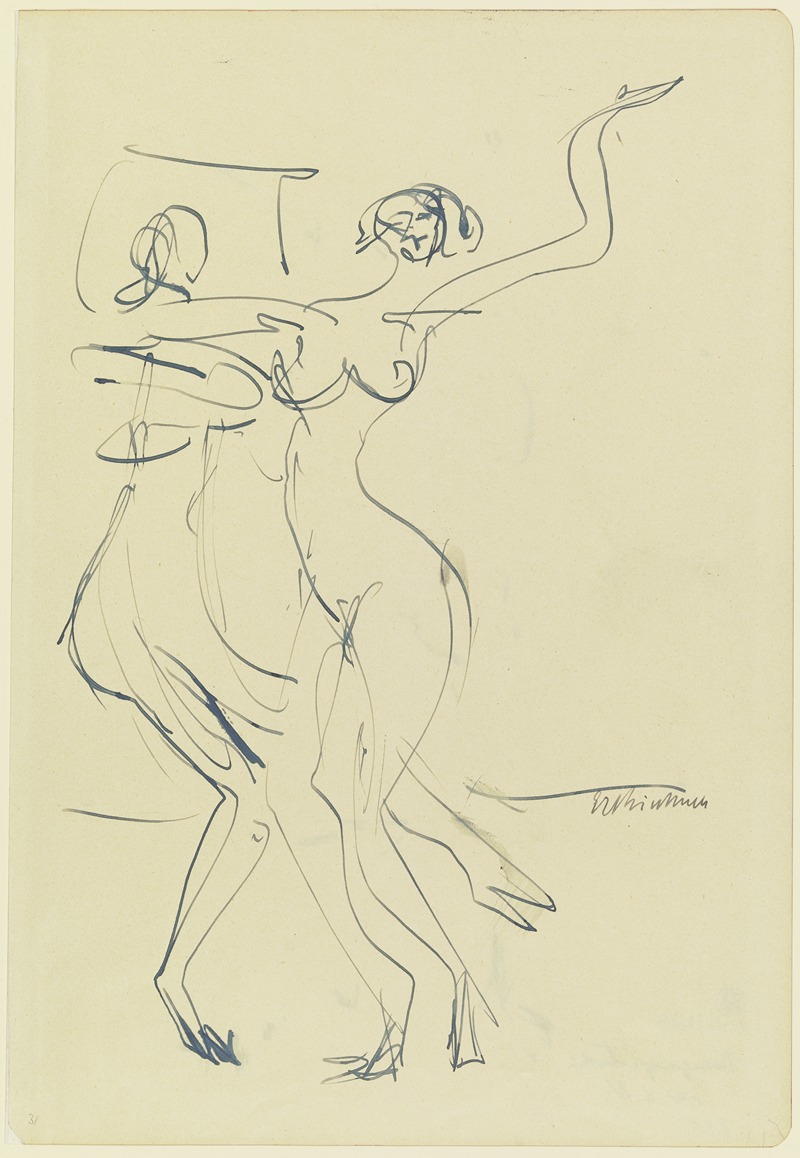
Zwei tanzende nackte Frauen
A hand-painted replica of Ernst Ludwig Kirchner’s masterpiece Zwei tanzende nackte Frauen, meticulously crafted by professional artists to capture the true essence of the original. Each piece is created with museum-quality canvas and rare mineral pigments, carefully painted by experienced artists with delicate brushstrokes and rich, layered colors to perfectly recreate the texture of the original artwork. Unlike machine-printed reproductions, this hand-painted version brings the painting to life, infused with the artist’s emotions and skill in every stroke. Whether for personal collection or home decoration, it instantly elevates the artistic atmosphere of any space.
Ernst Ludwig Kirchner, a prominent German expressionist painter and one of the founding members of the influential art group Die Brücke, created the painting "Zwei tanzende nackte Frauen" (Two Dancing Naked Women). This artwork is a testament to Kirchner's distinctive style and his exploration of human form and movement, which were central themes in his oeuvre.
Kirchner was born in 1880 in Aschaffenburg, Germany, and studied architecture in Dresden, where he met fellow artists and co-founded Die Brücke in 1905. This group sought to create a new form of artistic expression that bridged traditional academic art and modern avant-garde movements. Kirchner and his contemporaries were heavily influenced by non-Western art, particularly African and Oceanic art, as well as the works of Vincent van Gogh and Edvard Munch. These influences are evident in Kirchner's use of bold colors, dynamic compositions, and expressive forms.
"Zwei tanzende nackte Frauen" exemplifies Kirchner's interest in the human body and movement. The painting depicts two nude women engaged in a dance, their bodies intertwined in a fluid and rhythmic motion. Kirchner's use of vibrant colors and dynamic brushstrokes captures the energy and vitality of the scene, while the simplified forms and exaggerated proportions reflect his expressionist approach. The painting's composition emphasizes the women's movement, creating a sense of spontaneity and freedom.
Kirchner's portrayal of the female nude was often controversial, as it challenged traditional representations of the body in art. His work frequently depicted women in natural, unposed states, emphasizing their physicality and sensuality. This approach was part of a broader movement within Die Brücke to break away from conventional artistic norms and explore new ways of representing the human experience.
Throughout his career, Kirchner faced significant challenges, including the trauma of World War I and the rise of the Nazi regime in Germany. His work was labeled "degenerate" by the Nazis, and many of his paintings were confiscated or destroyed. Despite these setbacks, Kirchner continued to produce art until his death in 1938.
"Zwei tanzende nackte Frauen" is a reflection of Kirchner's enduring fascination with the human form and his commitment to pushing the boundaries of artistic expression. The painting remains an important example of expressionist art and continues to be studied and appreciated for its innovative approach to depicting movement and emotion.
Kirchner's legacy is preserved in numerous museums and collections worldwide, where his works continue to inspire and influence contemporary artists. His contributions to the development of modern art, particularly through his involvement with Die Brücke, have cemented his place as a pivotal figure in the history of 20th-century art.





